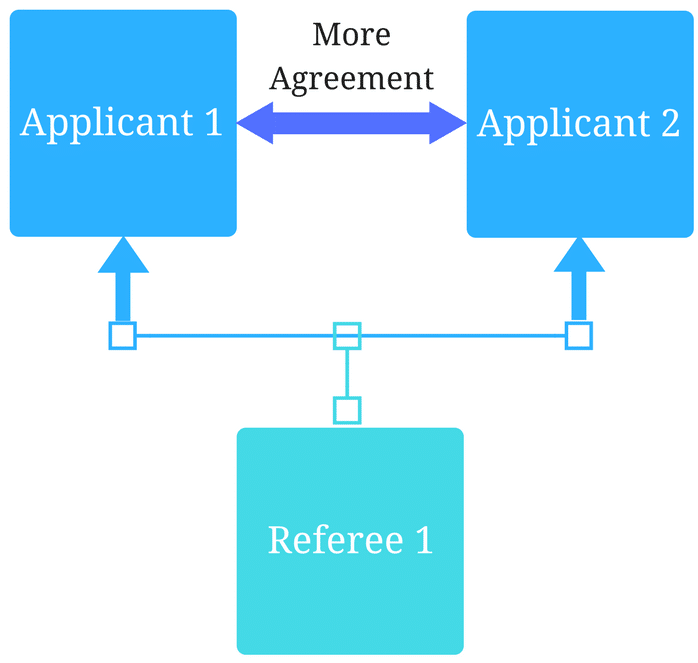Overcoming Challenges in Competency-Based Medical Education

September 12, 2024
Competency-based education (CBE) focuses on helping learners build the skills they need to succeed in their field, moving away from traditional time-based learning.
By emphasizing practical abilities and real-world outcomes, CBE creates a more flexible and personalized path for learners. It’s becoming a powerful tool in medical education, ensuring graduates are well prepared to meet the needs of their communities.
This week on the Holistic Success Show, we welcome Dr. Muhammad Zafar Iqbal, a Research Scientist at Acuity Insights. Dr. Iqbal has been instrumental in the success of the Casper situational judgment test, contributing to its development and ongoing improvements.
With over 10 years of academic experience focused on advancing assessment practices, his research spans across competency-based medical education, faculty development, and co-creation.
In this episode, Dr. Iqbal sits down with Dr. Kelly Dore to dive into the key benefits and challenges of CBE in medical education.
What is competency-based education?
CBE is becoming more common across medical and health-related fields.
Dr. Iqbal describes CBE as an approach focused on the core competencies graduates need to succeed in their chosen field. These competencies reflect society’s needs, ensuring learners are prepared to meet real-world demands.
Dr. Iqbal references a 2010 paper by Jason Frank, which defines CBE as an education system organized around clear outcomes, emphasizing abilities that reflect what learners need to serve their communities. While there are different ways to define it, at its core, CBE is about aligning education with societal needs, not just focusing on instruction.
What are the core principles of CBE?
There are four main principles that shape CBE:
Outcome-focused education: Rather than focusing on the content being taught, CBE emphasizes what learners can do at the end of their training. The outcomes should be measurable and observable.
Emphasizing abilities: A curriculum built around CBE focuses on developing abilities learners need for their future roles. These abilities should directly connect to societal needs, ensuring learners gain relevant skills.
De-emphasizing time-based learning: Traditional education is time-bound, with specific periods dedicated to learning different skills. CBE moves away from this model, allowing learners to progress at their own pace based on how well they achieve certain competencies.
Promoting learner-centred education: CBE encourages students to take ownership of their learning by providing clear goals and milestones. This allows them to navigate their progress effectively with ongoing feedback from instructors.
Why is competency-based education gaining traction?
One of the reasons competency-based education is gaining popularity is its transparent structure. CBE gives learners, educators, and curriculum developers a clear path to follow. Everyone involved understands the desired outcomes, making it easier to align teaching methods and assessments. Learners know what’s expected from them right from the start, which reduces confusion and makes education more transparent.
Another key benefit is CBE’s commitment to societal needs. By basing competencies on the demands of the community, graduates are more prepared to serve their future patients and meet the unique needs of their environment. This focus on relevance ensures learners aren’t just learning for the sake of passing exams—they’re acquiring skills they will genuinely use in practice.
What are the challenges of implementing CBE?
While the benefits of CBE are clear, implementation is not without its challenges. Dr. Iqbal points out that defining competencies can be tricky. Some programs may set too many milestones, making it overwhelming for both learners and faculty. Others might have competencies that are too vague, leaving learners unsure of what’s expected.
Transitioning from time-based education to CBE can also be logistically difficult. Educational systems structured around fixed credit hours may struggle to adapt to a more flexible, competency-driven framework. Resources like faculty time and new assessment tools are often necessary, making the switch more resource-intensive.
Finally, cultural resistance can be a barrier. Faculty and learners who are used to traditional education methods may resist the changes that CBE requires. Dr. Iqbal stresses the importance of preparation and planning before implementing CBE to avoid these potential pitfalls.
Key takeaway
Dr. Iqbal’s insights into competency-based education highlight its potential to transform medical education by focusing on outcomes that matter most to society.
While CBE comes with its own set of challenges, its ability to create more effective, tailored education for learners is undeniable. By focusing on outcomes, embracing flexibility, and ensuring learner-centred practices, CBE is a key component in the future of medical training.
When it comes to introducing CBE into your program, Dr. Iqbal advises to, “prepare, prepare, prepare, and then implement.” The key to success with CBE lies in thoughtful planning and understanding its true value for both learners and the communities they will serve.
To hear more inspiring stories and learn innovative approaches in the world of education, subscribe to the Holistic Success Show today.
Related Articles

How interviews could be misleading your admissions...
Most schools consider the interview an important portion of their admissions process, hence a considerable…
Reference letters in academic admissions: useful o...
Because of the lack of innovation, there are often few opportunities to examine current legacy…
